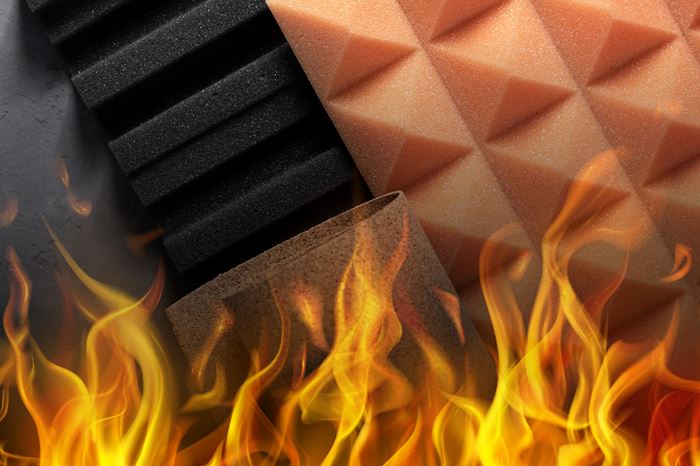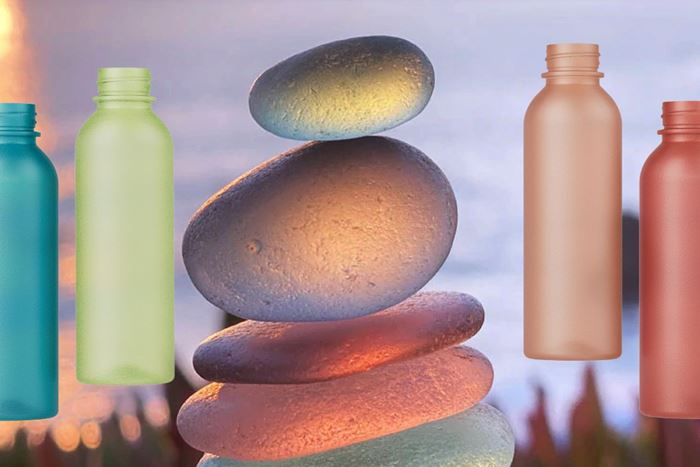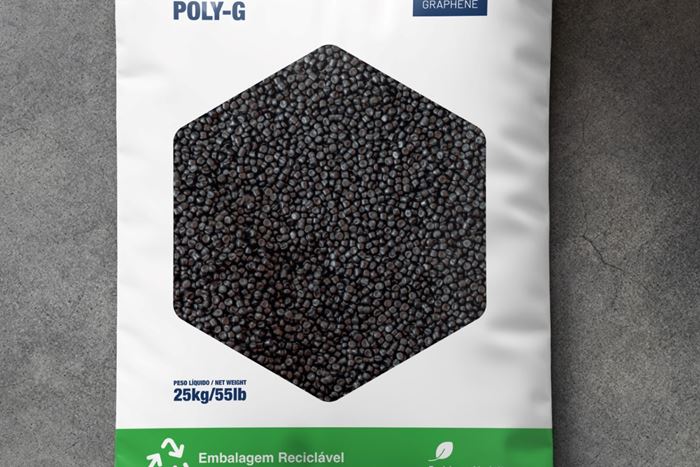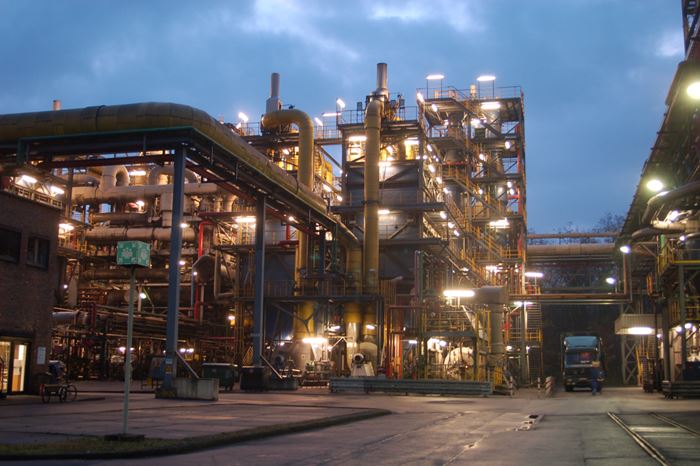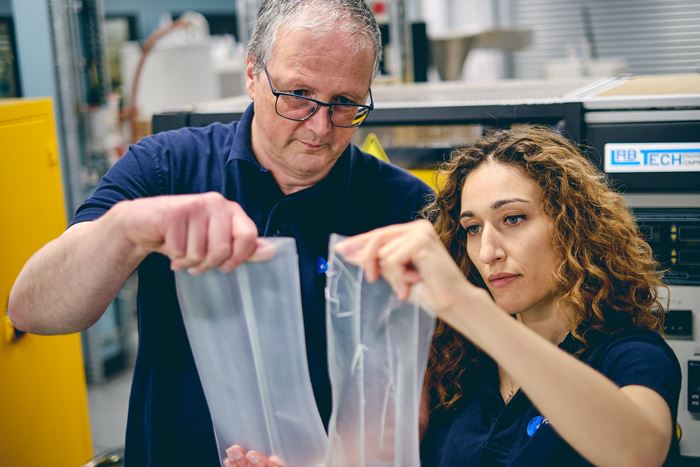Additives are materials that are added to the primary resin during either compounding or processing to improve the polymer’s processability, performance or appearance. Additives include colorants; heat stabilizers; process aids; fillers; compatibilizers; blowing agents; lubricants; slip agents.
Understanding the ‘Science’ of Color
And as with all sciences, there are fundamentals that must be considered to do color right. Here’s a helpful start.
Additives: Essential Reading
What’s With All the Static?
Static buildup on polymers can cause a variety of problems, some rather unpleasant. Yet there’s an inexpensive way to eliminate it, and we have data as proof.
Part 11: A Processor's Most Important Job
It’s the processors job to ensure molded parts contain enough stabilizer to perform to the expectations of the end use.
How to Prevent Stress Whitening in PP Copolymers
A look at causes, detection, and prevention.
Polyolefin Discoloration: New Additive Solutions Solve Common Problems
There’s a growing demand for PE films with lower initial color and improved color stability, as well as better retention of physical properties. New stabilizer systems address these and similar concerns for molded PE and PP parts.
Extruding with Fillers
You can use the reference point from processing unfilled polymer to determine whether you can run filled resin on your current system.

FAQ: Additives
What to consider when adding color?
There are several key items that are essential in developing a colorant package for any polymer. The first of these is the avoidance of any chemical incompatibility between the chemistry of the polymer and the chemistry of the colorant system. Chemical reactions proceed more rapidly at higher temperatures, and melt processing involves significantly elevated temperatures and large inputs of mechanical energy. Therefore, any chemical interactions that may occur between a polymer and a colorant system will happen very rapidly during the injection molding process.
The material supplier will incorporate a certain amount of the stabilization package in the material, making this the starting point for that material. It is now the processor’s job to handle the material during processing so that the molded part contains enough stabilizer to perform to the expectations of the end user. The molding process will always consume some amount of the antioxidant in the material. This is expected. But the amount of stabilizer that is consumed will depend upon the process conditions, most notably the melt temperature and the time the material spends in the molten state. Lower melt temperatures and shorter residence times will produce parts that retain a higher level of stabilization, and these parts will be more capable of handling the application environment. If melt temperatures become elevated or residence times become extended, the molded part will be less capable of managing the application demands.

Additives Suppliers
Narrow by Additives Category
- Air Release Agents
- Antiblocking Agents
- Antiblocking Concentrates
- Antifogging Agents
- Antioxidant Concentrates
- Antioxidants
- Antistat Concentrates
- Antistats
- Biocides
- Blowing Agents--Chemical Type
- Blowing Agents--Concentrates
- Blowing Agents--Physical Type
- Color Concentrates, Liquid or Paste
- Color Concentrates, Solid
- Color Dyes, Pigments
- Compatibilizers
- Conductive Additives
- Cooling-water Treatment Chemicals
- Crosslinking Agents for Thermoplastics
- Crosslinking Agents--Radiation Sensitizers
- Degradation Promoters
- Desiccant Additives
- Fillers--Microspheres (Hollow or Solid)
- Fillers--Mineral or Other Inorganic Type
- Fillers--Organic Type
- Flame Retardant Concentrates
- Flame Retardants/Smoke Suppressants
- Flaw Repair Paint
- Fragrance Additives
- Heat Stabilizers for PVC
- Heat-Distortion Modifiers
- Impact Modifiers
- Lubricant Concentrates
- Lubricants
- Metal Deactivators
- Nucleating/Clarifying Agents
- Odor Neutralizers
- Plasticizers
- Processing Aids--Mineral/Inorganic Type
- Processing Aids--Other Organic Types
- Processing Aids--Polymeric Type
- Purging Compounds
- Release Agents--External (Spray or Wipe-on)
- Release Agents--Internal (Additive Type)
- Resin Clean-up Solutions
- Slip Agent Concentrates
- Slip Agents
- Stripping Agents, Resin Removers
- Surface Treatment Chemicals, Dispersion Aids (for Fillers, Pigments, Reinforcements)
- Surfactants
- Thixotropic Agents
- UV Stabilizer Concentrates
- UV Stabilizers
- Viscosity Depressants
- Reinforcements--Aramid Fiber
- Reinforcements--Carbon or Graphite Fiber
- Reinforcements--Ceramic Fibers
- Reinforcements--Continuous Fiber Rovings, Tows, Yarns
- Reinforcements--Discontinuous Fibers (Chopped, Milled, Staple)
- Reinforcements--Fabric, Mat, Veil, Felt
- Reinforcements--Glass Fiber
- Reinforcements--Mineral Fiber
- Reinforcements--Natural Fibers
- Reinforcements--Nylon, PET or PP Fiber
- Reinforcements--UHMW-PE Fiber
- Additive Manufacturing (3D Printing/Prototyping Materials)
- Biodegradable, Photodegradable Resins and Compounds
- Core Materials
- Stock Shapes--Film
- Stock Shapes--Rod, Tube
- Stock Shapes--Sheet




